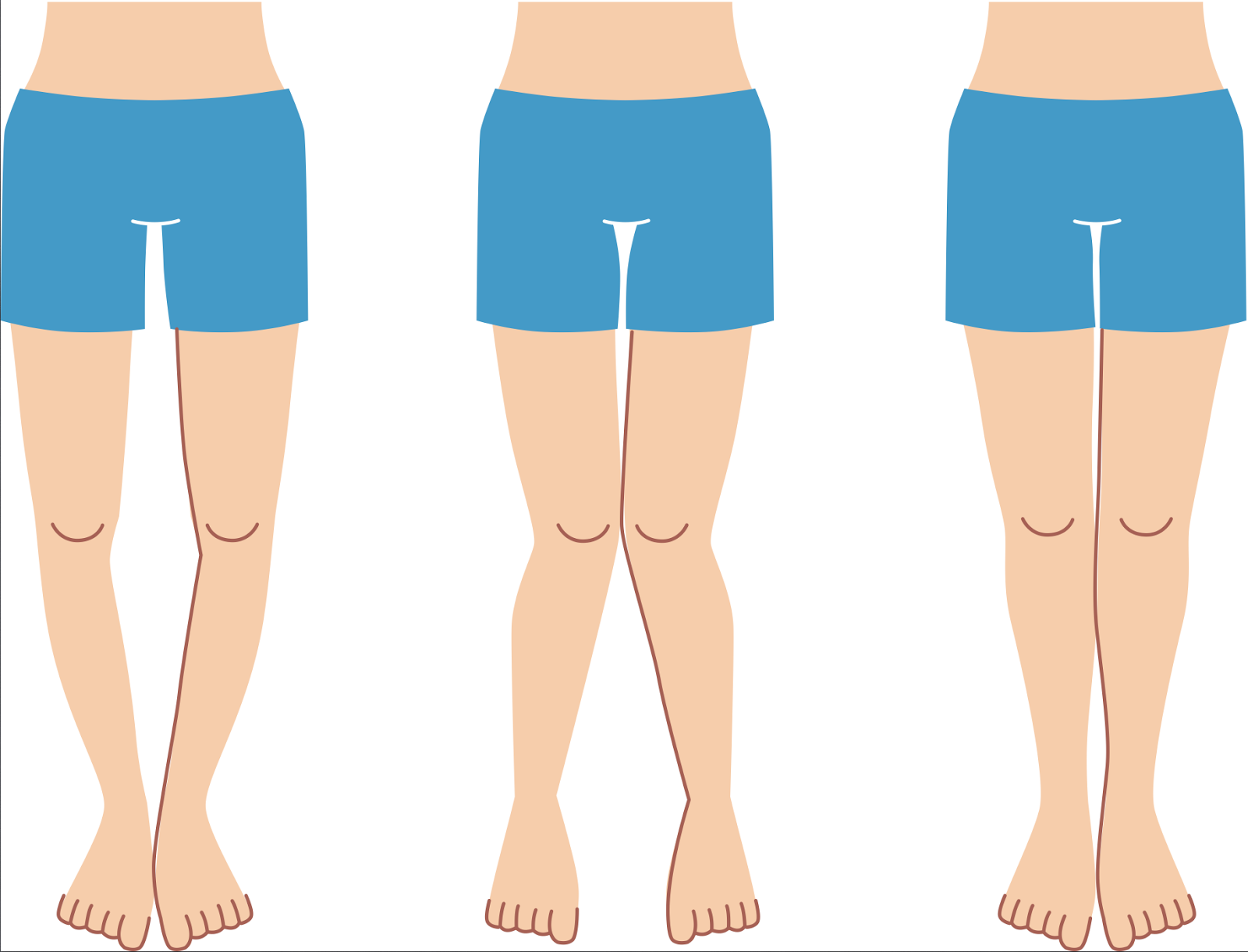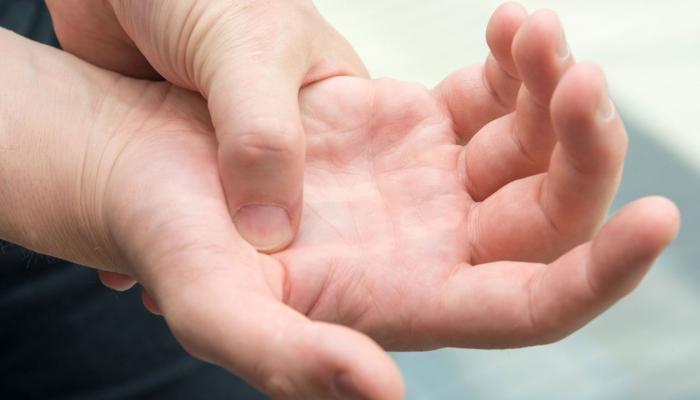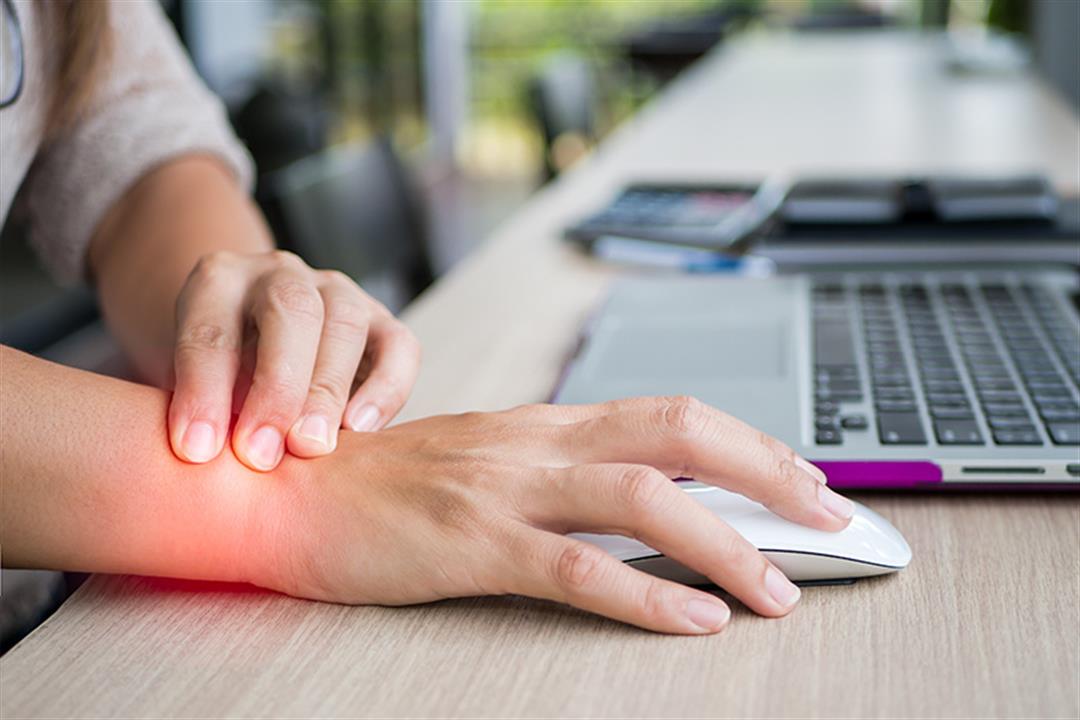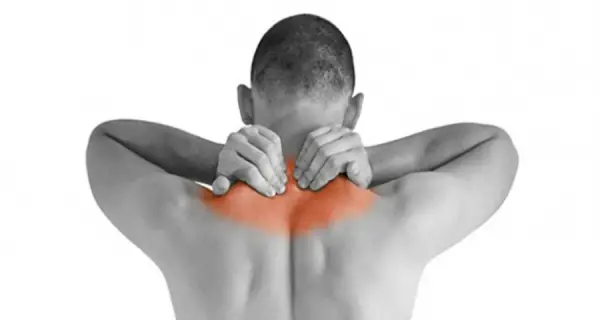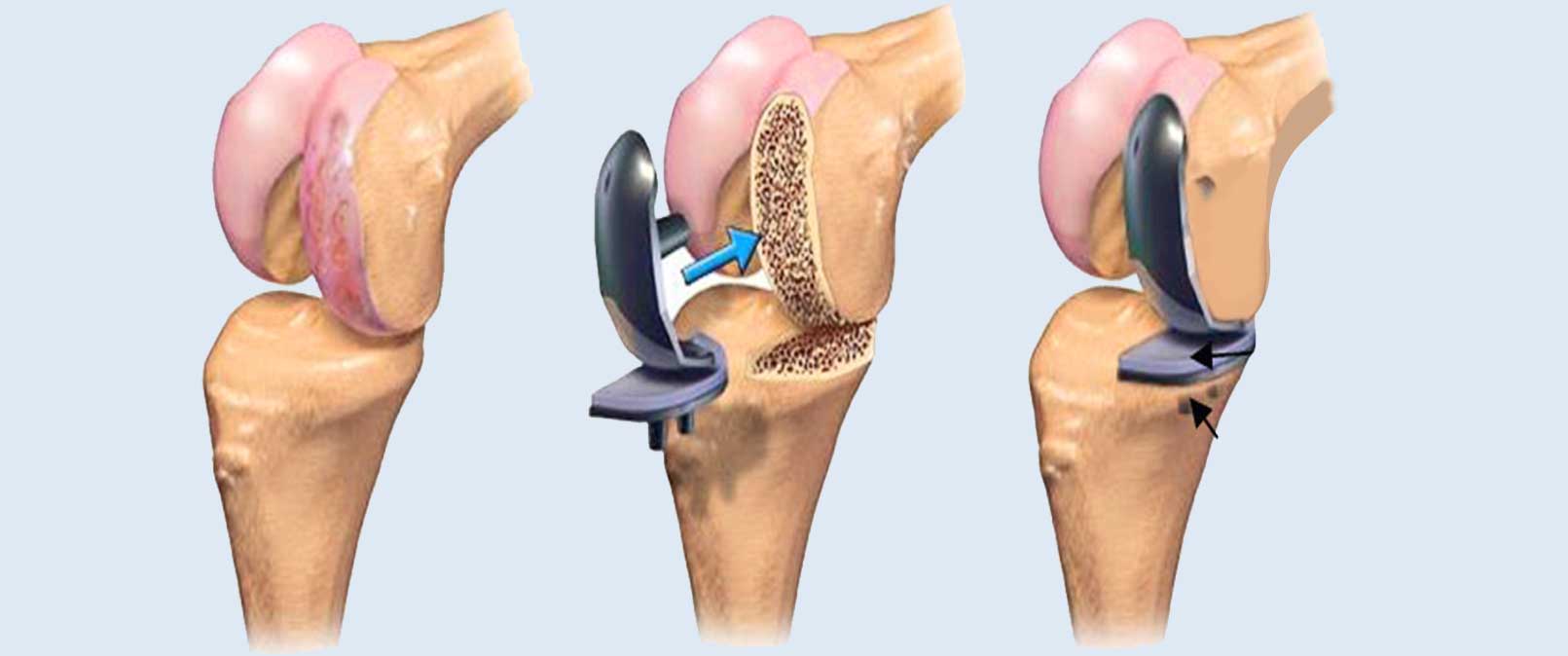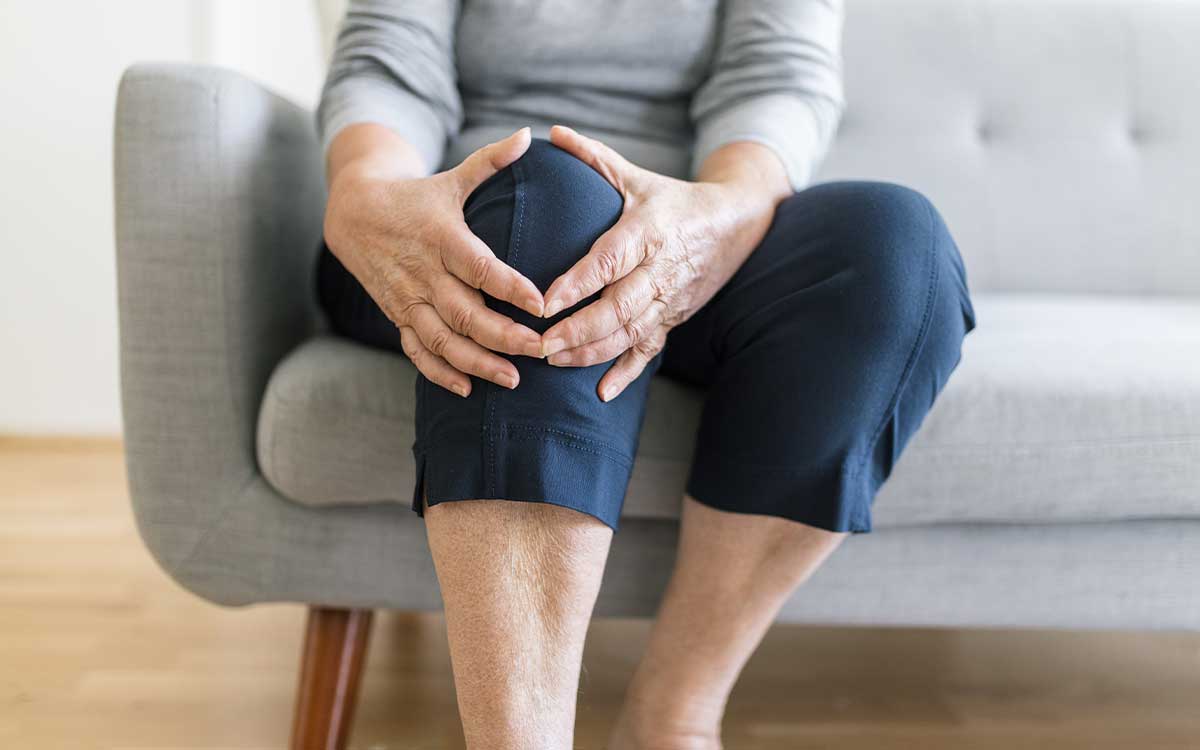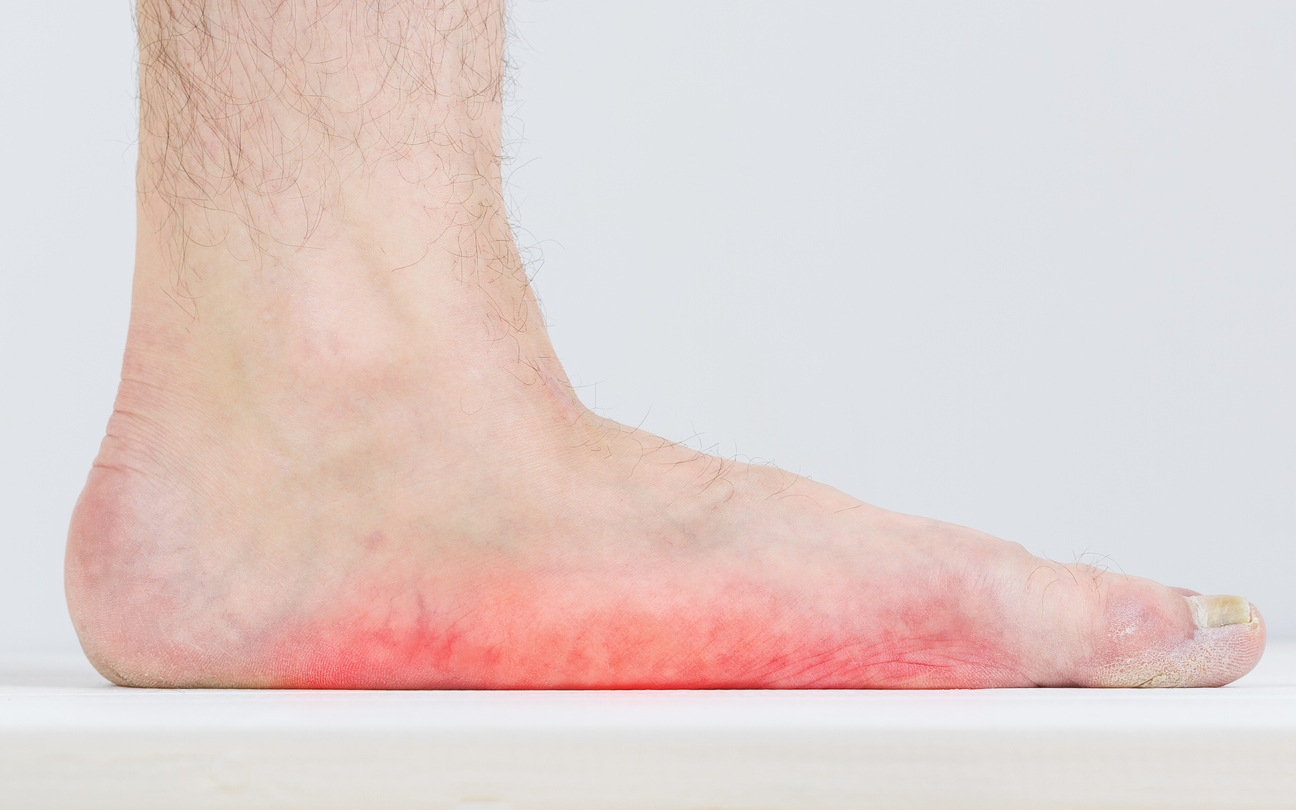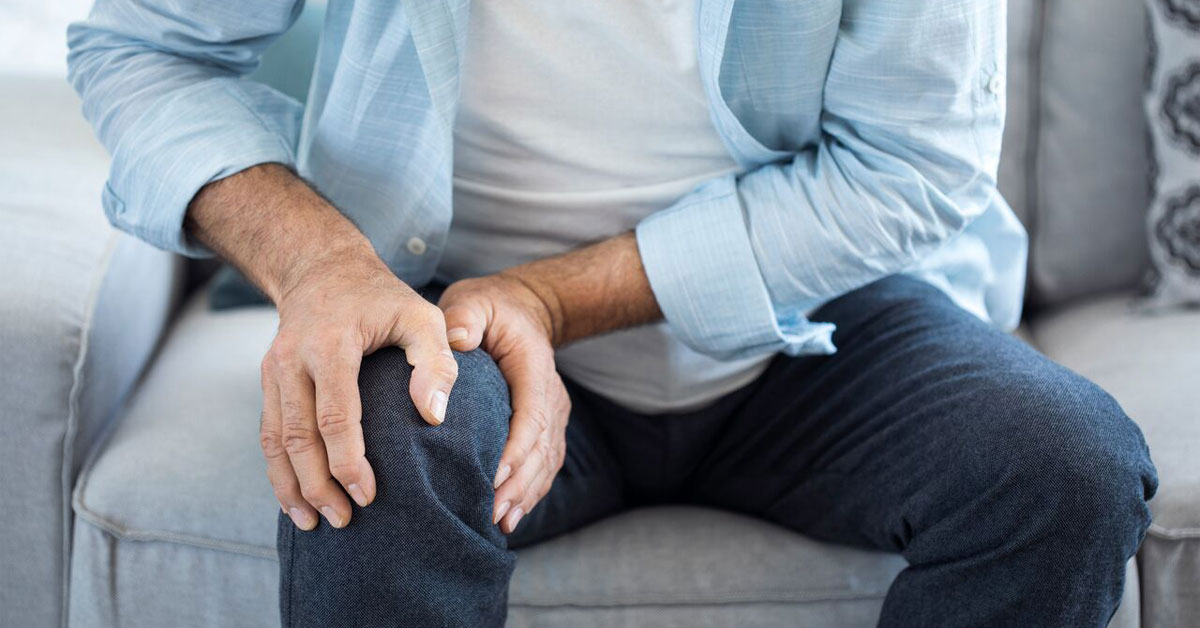Let’s explore flat foot surgery and the difference between it and a normal foot
Flat foot surgery is one of the important and basic operations that is characterized by the presence of many differences that can be achieved through it and as a result of performing it. Therefore, in this article, we will learn about many important and distinctive information regarding flat foot surgery, so follow us so that we can answer all of them. Your inquiries.
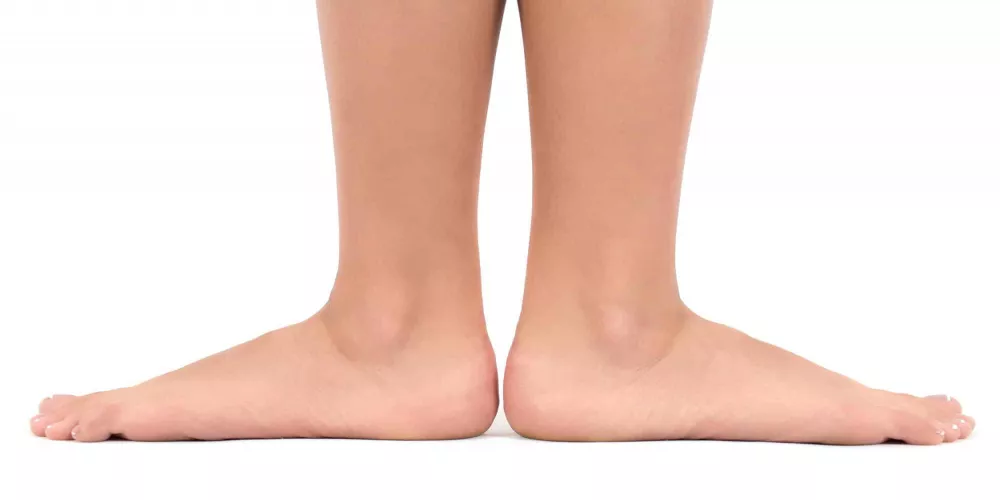
Flat foot operation
Flatfoot process , also known as flatfoot inflammation and deformity, is a medical condition that affects the strong tendons and ligaments of the foot that extend across the base of the foot from the heel to the toes and creates a slight curvature in the middle part of the inner side of the foot. The lack of strength of these tendons and ligaments leads to the collapse of the natural arch of the foot. , causing flat feet.
Symptoms of flat feet
Flatfoot is a condition that affects the formation of the foot and tends to be more common in children and adults who suffer from problems with the structural balance of the foot. The most common symptoms of flatfoot are the following:
- Feeling pain along the shin tendon in the back of the leg, inside the foot and part of the ankle.
- The pain is present in the area of the inner arch of the foot and the base of the heel, and this pain usually increases over time or after physical activity.
- Swelling occurs in the heel or middle foot area.
- People can feel tired or weak in the feet after long periods of standing or walking.
- The foot becomes more blocked and flatter overall instead of a normal arch.
- Flat feet cause changes in your gait, and you may have a tendency to turn inward while walking.
- Flat feet can cause changes in the distribution of weight on the foot and thus increase pressure on the ankle and leg, which can cause pain in those areas.
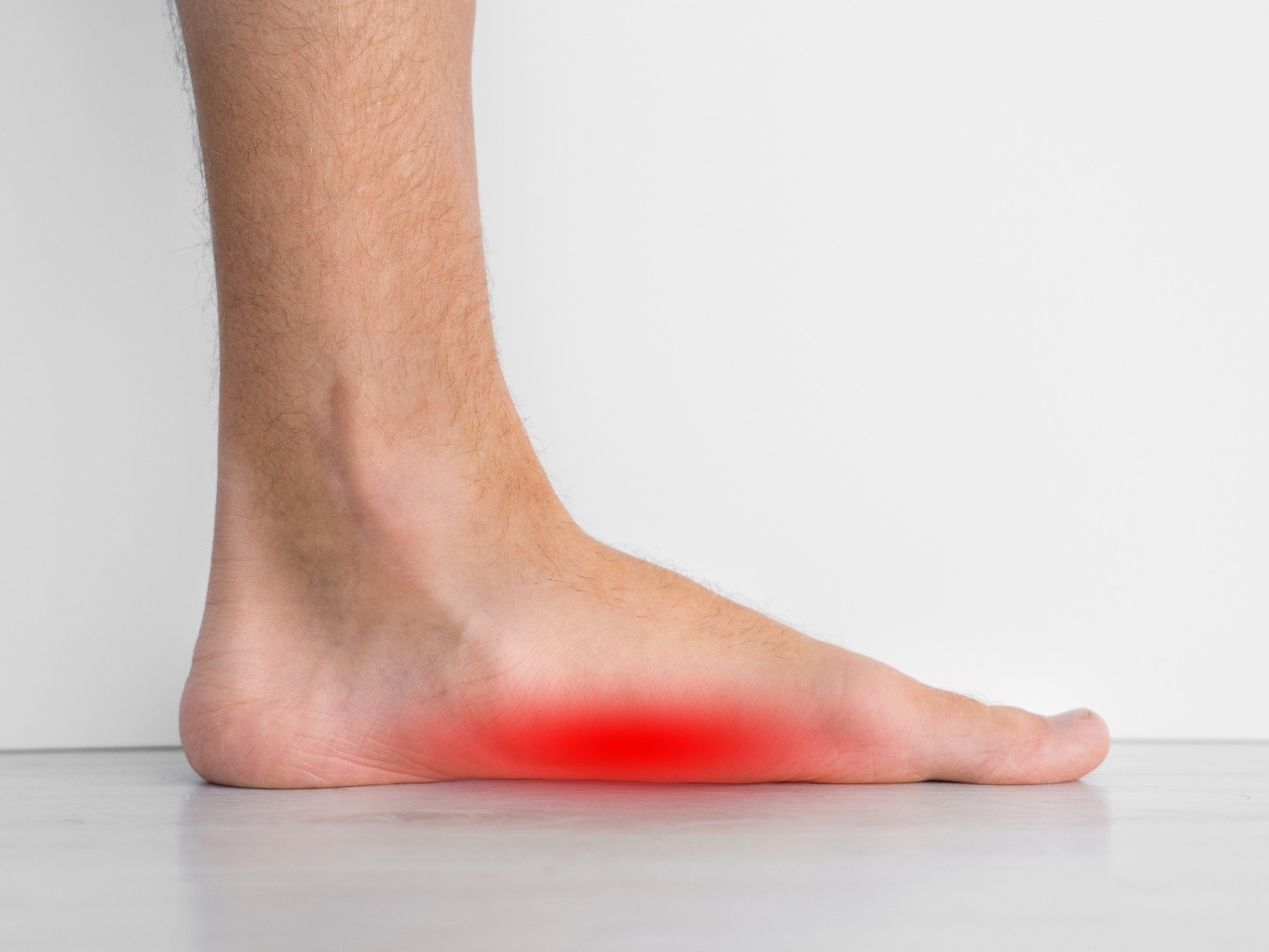
What causes rigid flat feet?
Rigid flatfoot is a condition that occurs when the natural arch of the foot is permanently missing completely due to structural problems in the bones. These structural problems can be caused by genetics or other factors. Common causes of rigid flatfoot include:
- The bones of the foot may be abnormally fused together, reducing the ability to move the foot and leading to the formation of flat feet.
- Some structural abnormalities in the bones may cause the development of rigid flatfoot. For example, a misaligned heel bone can lead to flatfoot.
- If ligaments or tendons in the foot’s natural arch area are torn due to injury or repetitive stress, these injuries may lead to the development of flat feet.
- Some muscle diseases or chronic muscle spasms can affect the structure of the foot and cause flat feet.
- Genetic factors may play a large role in the development of flatfoot, with some people having a greater tendency to the condition based on their genetics.
Rheumatoid arthritis of the foot and ankle
Rheumatoid arthritis : It is an autoimmune disease that affects the immune system, leading to an attack on the joints and surrounding tissues. Rheumatoid arthritis can affect the foot and ankle joints in particular, and this can cause many symptoms and problems. Also, a doctor or specialist should be consulted. In rheumatoid diseases, if you suffer from symptoms that indicate rheumatoid arthritis, early treatment and appropriate medical care can reduce the progression of the disease, relieve pain, and improve the general quality of life for those affected. It can also include treatment with anti-inflammatory medications and physical therapies, And lifestyle changes, and in some cases treatment may require surgery.

What is the difference between flat and normal feet?
Flat feet and normal feet are two different patterns of foot formation that differ in their structure and function. Here are the main differences between them:
- They are characterized by a natural arch or curve under the foot at the medial arch area.
- The natural arch in the foot is less pronounced or completely flat, making the foot appear flatter.
- The medial arch, anterior arch, and posterior arch areas form naturally and support the function of the foot.
- There is a collapse or depression in the medial arch of the foot, making it less strong and stable.
- They usually do not cause pain or serious problems walking.
- They can cause pain in the foot and ankle, and may affect the ability to walk, strength and balance.
- You are less likely to develop problems such as rheumatoid arthritis or structural foot deformities.
- They increase the likelihood of developing structural problems in the foot, and may lead to problems such as arthritis and ankle and foot pain.
- It usually does not require special treatment, other than general foot health care.
- Treatment may require strengthening the muscles surrounding the foot, use of special foot braces, and physical therapy if there are problems with pain or balance.
How long does it take to treat flat feet?
Many doctors often emphasize that treating flat feet is one of the distinguished treatments that will take a period of time, but it often produces good and desirable results, which will compensate patients for the period in which the treatment was performed, as many specialists estimate the period that The treatment takes between one and two years until the patient returns to living his normal life again. During this period, the patient remains in a cast after the operation. Once the cast is removed, all doctors are advised to practice physical therapy.

Disadvantages of flatfoot surgery
When a person refers to flatfoot surgery, he is usually referring to a medical condition. This condition occurs when the foot loses its natural curved nature, making the foot appear wider when the person stands on his feet. There are several disadvantages and potential problems associated with flatfoot surgery, including the following: :
- A flat arch can cause foot and ankle pain, especially when standing or walking long distances.
- Flat feet may increase the likelihood of losing balance and falling, which increases the risk of injuries.
- Flat feet can lead to a change in body mechanics, affecting the hips, knees, and back.
- Weakness in the muscles in the foot and ankle may occur due to a change in foot structure, which can affect athletic performance and the ability to carry out daily activities effectively.
- People with flat feet may have problems with balance and stability on uneven surfaces.
- Flat feet can lead to increased tension and inflammation on the tendons in the foot and ankle, which can cause inflammation and pain.
- In some severe cases, flat feet can lead to foot deformities, such as foot drop or other deformities.
Flat foot surgery cost
Surgical operations are one of the most important and prominent medical procedures that guarantee for many individuals better treatment and a more distinctive condition than they were before, but the idea is that there is no uniform and fixed price for this type of operation, and therefore most specialists emphasize that the price of foot surgery Flat space ranges from 4,000 Egyptian pounds to 10,000 Egyptian pounds.

What should I consider after flexed flatfoot surgery?
After the process of correcting flat feet or plantar feet, it is important to follow the medical instructions and advice from the surgeon and the treating medical team. Here are some general tips that can help you in the recovery process:
- You should refrain from placing significant weight on the treated foot for a period determined by the surgery. This may include using crutches or walking at a slow pace.
- It may be necessary to perform specific physical exercises to strengthen muscles and increase flexibility in the treated foot, and you should perform these exercises according to medical instructions.
- Wear well-fitting shoes that support the natural arch of the foot and provide adequate support. This may require specialized shoes or shoes designed specifically for flat feet.
- Be alert for any unusual swelling or excess pain in the treated foot and if you notice any unusual symptoms, you should contact your surgeon or medical team.
- You may need to attend frequent appointments for checkups and follow-ups with your surgeon and health care workers.
- Follow the instructions for postoperative wound care, as you may need to change dressings or surgical bases regularly.
- Avoid activities that put excessive pressure on the treated foot, such as running or jumping, until it fits completely.
- Follow dietary and drug treatment directions. If there are any recommendations regarding diet or medications, follow them carefully.
- You may be advised to face the foot in the correct direction to aid recovery and avoid poor repositioning.
- Post-operative directions may vary depending on the patient’s condition and the type of surgery, so you should always check with your surgeon and nurse for specific instructions for your condition.
Flat foot treatment for adults
The treatment of flat feet for adults depends on the severity of the condition and the symptoms that the person suffers from. If flat feet cause pain or problems with movement or daily activity, a doctor, orthopedic specialist, or foot surgeon must be consulted for evaluation and appropriate treatment. Below are some possible options for treating the foot. Flatbed for adults:
- Wearing the right shoes can help provide additional support for the foot and arch, and shoes designed specifically for people with flat feet can better distribute weight and reduce pressure on the feet.
- Specially designed insoles can help correct the longitudinal arch and provide additional support to the foot, and a physical therapist or surgeon can design insoles tailored to the individual’s needs.
- Therapeutic exercises can help strengthen the muscles in the foot and ankle and improve stability and balance. Your doctor or physical therapist can also provide guidance on the correct exercises.
- Physical therapy can be helpful in strengthening muscles, increasing balance, and improving mobility.
- In some cases, your doctor may prescribe anti-inflammatory medications or pain relievers to relieve pain and swelling.
- If there is not sufficient improvement through non-surgical treatments, the surgeon may advise resorting to surgery to correct flat feet, which requires follow-up with a specialized doctor such as Dr. Amr Amal, with his great skill, which we advise you to take advantage of.

Complications of flatfoot surgery
When performing a flat foot correction operation, complications may occur that are rare but may be possible. These are some of the possible complications:
- Although the goal of surgery is to reduce pain, chronic foot pain may occur after surgery and this problem may be caused by nerve irritation or the formation of internal scarring.
- Some people may experience swelling in the surgical area after the procedure, and this can be chronic in some cases.
- Inflammation can occur in the surgical area after the operation, and the wound must be monitored and any signs of infection such as redness, swelling, and pain should be monitored.
- There is a rare risk of blood clots forming after surgery, which can be serious if not treated quickly.
- In some cases, the result may not be desired, leaving the foot flat and level, and permanent or unexpected deformities may occur.
- Some people may have difficulty recovering after surgery and may need longer to return to daily activities.
- Some people may experience a change in the way they walk after surgery. They may also need rehabilitation and physical exercises to restore balance and normal function of the foot, which requires follow-up with a specialized doctor and in a distinguished clinic, which is available in Dr. Amr Amal’s clinics, so do not hesitate to contact them . By clicking on the following link.

